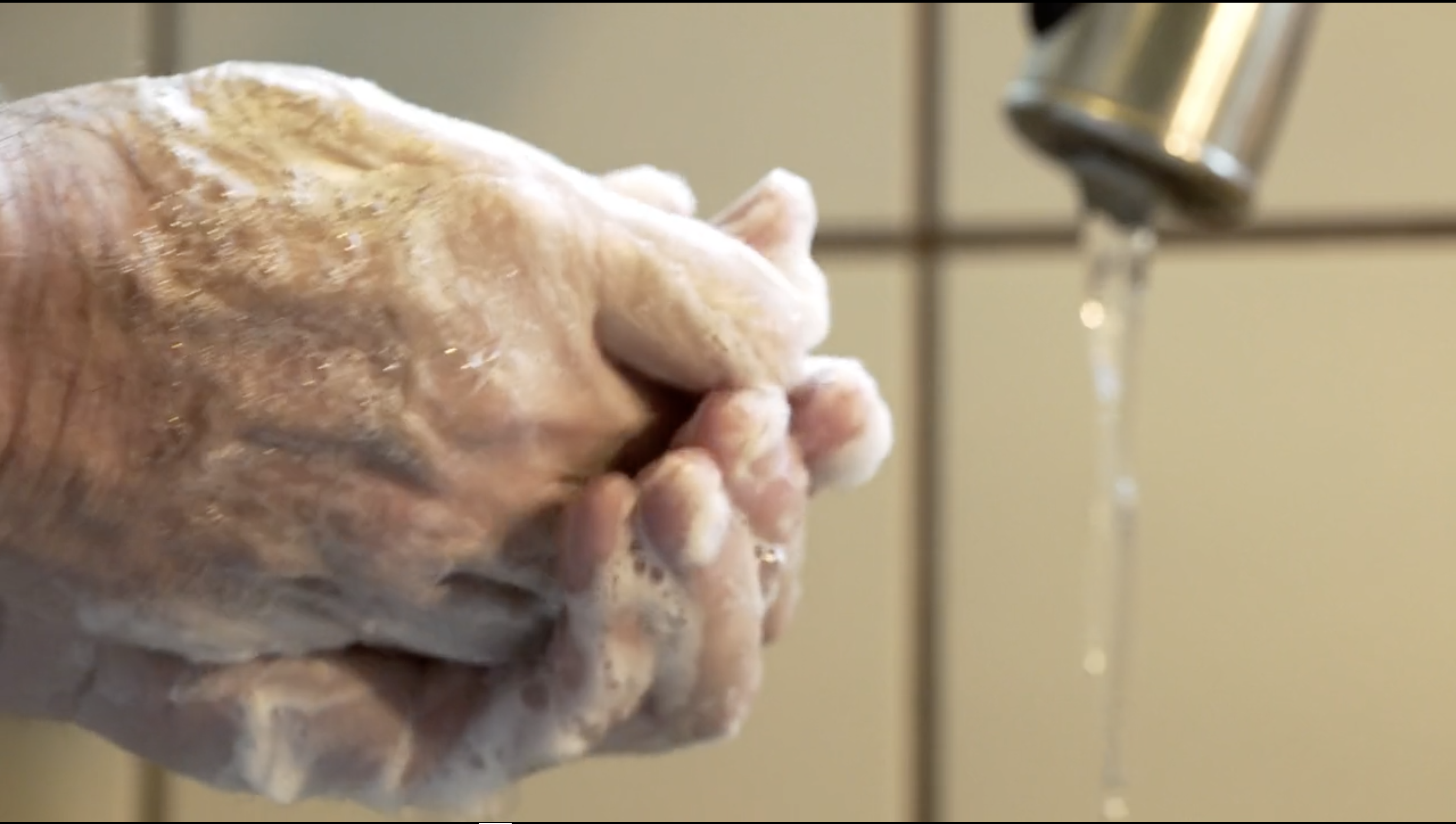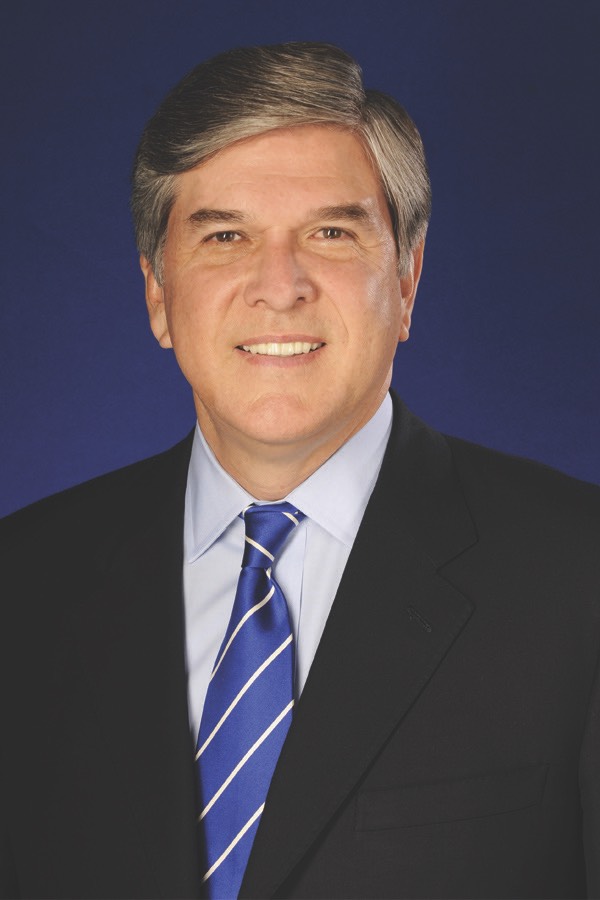Broadcasting Informs, Comforts During COVID-19 Pandemic

From JFK’s assassination to the Apollo 11 moon landing to the September 11 attacks, some of history’s biggest moments have played out on broadcast television and radio for tens of millions of Americans.

When hurricanes are approaching or tornadoes are wreaking havoc or rising rivers threaten to flood communities, local broadcasters have provided lifeline information to keep people out of harm’s way.
Local stations’ commitment to community service has helped food banks stock shelves, supported blood drives, educated viewers about health and public safety issues, and helped struggling families navigate tough times.
Now, as our nation and the world face a historic, dangerous and uncertain situation with the COVID-19 pandemic, broadcast television and radio’s enduring and indispensable value during times of emergency is once again on display.
From broadcast networks to local stations, large markets to small, America’s broadcasters have done extraordinary work to keep viewers safe, informed and healthy during these unprecedented times.
Breaking news coverage, live-streamed reporting, expanded newscasts and special reports have examined how coronavirus has affected Americans’ way of life. Local broadcasters have hosted town halls with elected officials and public-health experts about the latest developments in viewers’ communities. This fact-based journalism stands in stark contrast to the misinformation and disinformation often found on social media, and our stations have been rewarded: Viewership of both local TV and network newscasts has soared in recent weeks as the public has sought out trusted news sources for information about the pandemic.
America’s broadcasters have been dedicated to educating Americans on the steps they can take to stay healthy. Since NAB’s launch on March 12 of a public-service announcement campaign aimed at preventing the spread of the virus, radio and TV stations donated nearly $65 million worth of airtime and ran over 294,000 PSAs. Many broadcasters developed and aired their own PSAs featuring on-air talent to help in the education effort, or aired public health spots from government organizations.
The smarter way to stay on top of broadcasting and cable industry. Sign up below
Broadcasters understand the pain being felt on Main Street in cities and towns across the country. That’s why radio and TV stations and broadcast networks have sponsored food drives to help struggling families, promoted blood drives to replenish depleted blood banks, aired concerts to raise funds in the fight against COVID-19, and held celebrations of the first responders and health care professionals on the front lines. In addition, local TV stations aired Easter services from area churches so people could worship in the safety of their own homes.

Broadcasters across the country are also using their unique relationships with their communities to support local businesses that are struggling to survive. TV and radio stations are promoting takeout or delivery options for area restaurants that have modified their services, encouraging viewers to buy gift cards for businesses that are shuttered, and raising funds for workers that have been laid off or furloughed. The goal is simple: to support local businesses in this desperate time of need, and to drive enough sales to these establishments until the recovery begins.
With many students struggling with distance learning because they lack a broadband internet service or even a computer, broadcasters are stepping up to keep kids in the virtual classroom. Indeed, many stations have partnered with school districts to air lessons from teachers, activities, and accompanying resources using “D2” TV channels.
While our news anchors and radio deejays continue to serve the public, they face unique challenges. Social distancing has required many anchors to deliver newscasts from near-empty sets, meteorologists to construct in-home studios, reporters to figure out new approaches to covering stories in the field and production staff to ensure it all works correctly.
Challenged by Ad Market
Most significantly, broadcasters are challenged by plummeting advertising sales as local businesses — the restaurants, car dealers, retailers and sports venues that make up the backbone of local commerce — have cut jobs and ad budgets.
The NAB is working in Washington on legislative strategies to alleviate the difficult times facing all of our broadcasters. Key members of Congress have expressed their support for radio and TV stations to be eligible for forgivable small business loans of up to $20 million through the Paycheck Protection Program to stay afloat during this crisis. More than 240 House members have urged the White House to direct cabinet secretaries to target federal agency advertising dollars for existing and new federal programs to local media, including local radio and television stations. A group of 13 House members has encouraged a payroll tax credit for radio and television newsroom employees hired between now and the end of the year. We’re hopeful that more targeted relief for broadcasting will be coming as Congress and the FCC considers further measures to preserve broadcasting’s role as the indispensable communications medium and jump-start a reeling economy.
I know I speak for millions of viewers when I express my gratitude and admiration for the good work America’s broadcasters are doing across the country every day. Station by station, community by community, we will get through this together.
